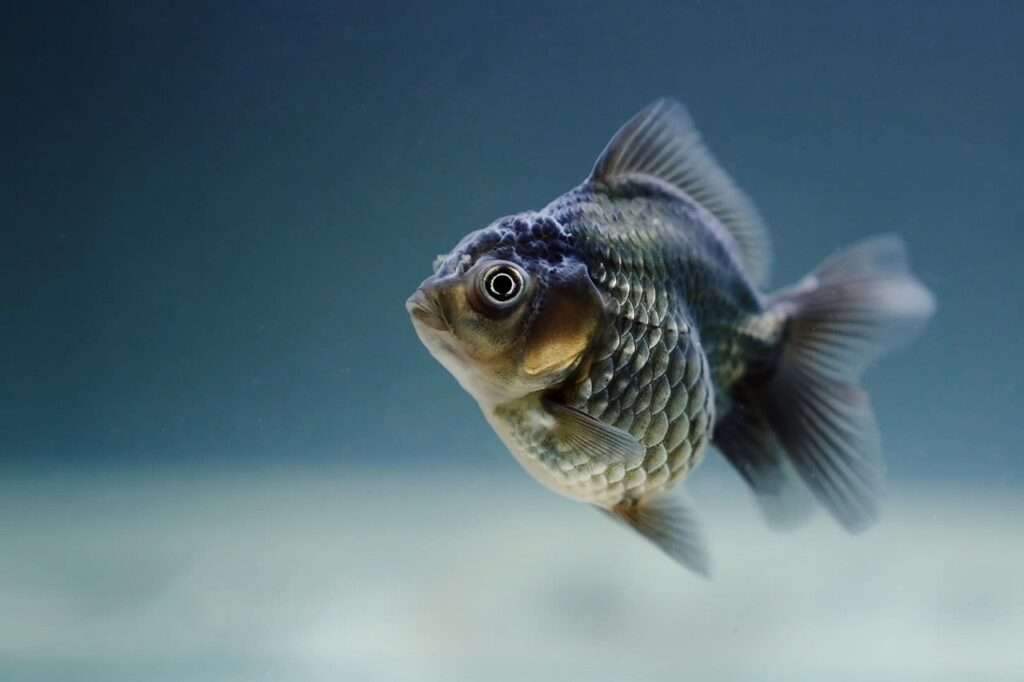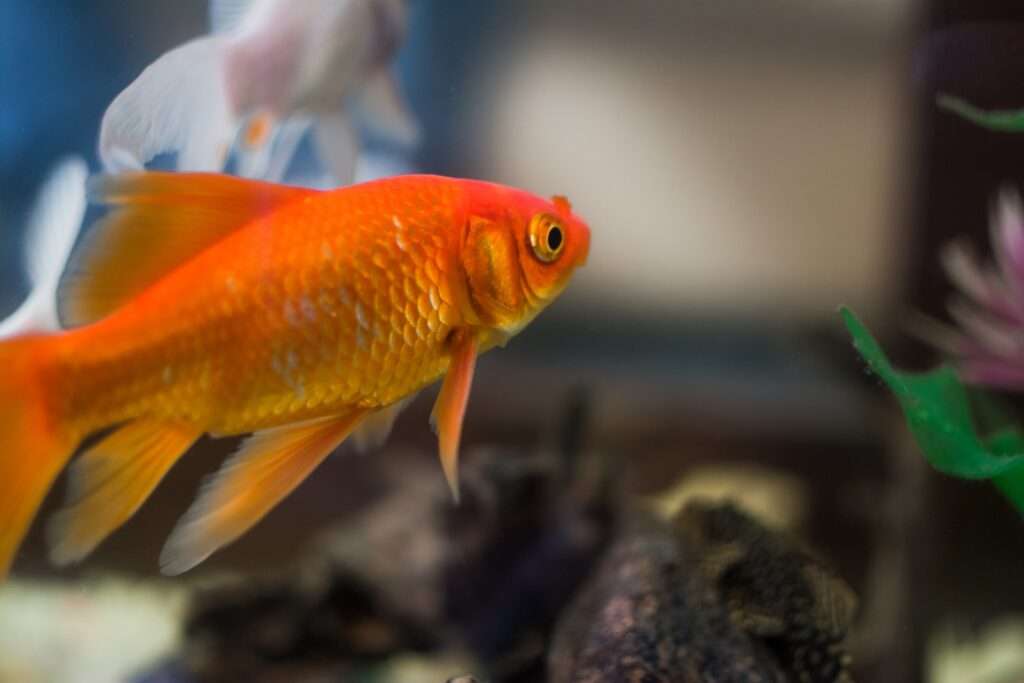Understanding the Risks: Assessing Viral Diseases in Fish Tank Feeding
Introduction:
Fish tank feeding is a popular hobby for many people around the world. It provides a tranquil and beautiful environment, while also allowing individuals to care for and nurture aquatic creatures. However, it is important to understand the risks involved in maintaining the health and well-being of fish in these environments. One significant risk factor is the presence of viral diseases. In this article, we will explore the common viral diseases in fish tank feeding, assess the risks associated with these diseases, and discuss preventive measures to minimize these risks.
Section 1: Common Viral Diseases in Fish Tank Feeding
Fish, like any other living organisms, are susceptible to viral infections. Some of the most common viral diseases that affect fish in tank feeding include viral hemorrhagic septicemia (VHS), infectious pancreatic necrosis (IPN), and spring viremia of carp (SVC). These diseases can have devastating effects on the fish population in a tank if not promptly identified and treated.
Viral diseases spread in fish tank environments through various means. One common mode of transmission is through direct contact between infected and healthy fish. Additionally, viral particles can also be transmitted through contaminated water, equipment, or even by the introduction of infected fish into the tank. It is crucial to understand how these diseases spread in order to implement effective preventive measures.
Recognizing the symptoms of viral diseases in fish is essential for early detection and treatment. Common symptoms may include lethargy, loss of appetite, abnormal swimming behavior, skin lesions, and discoloration. It is important for fish tank owners to carefully observe their fish and seek professional advice if any unusual signs or symptoms are observed.
Section 2: Assessing the Risks of Viral Diseases in Fish Tank Feeding
Several factors can affect the risk of viral diseases in fish tanks. One important factor is the source of the fish. Purchasing fish from reputable suppliers and ensuring they have gone through quarantine procedures can significantly reduce the risk of introducing viral diseases into the tank. Quarantine measures involve isolating new fish for a period of time and monitoring them for any signs of illness before introducing them to the main tank.
Another crucial factor in minimizing the risk of viral diseases is maintaining proper water quality and hygiene. Poor water conditions can weaken fish’s immune systems, making them more susceptible to viral infections. Regular cleaning and maintenance of the tank, as well as monitoring water parameters such as temperature, pH, and ammonia levels, are essential for creating a healthy environment for fish.
Section 3: Preventive Measures to Minimize Viral Disease Risks
Proper nutrition and balanced diets play a significant role in maintaining fish health and preventing viral diseases. Providing fish with a well-balanced diet that meets their nutritional needs strengthens their immune systems and reduces their susceptibility to infections. Consulting with aquatic veterinarians or professionals can help determine the appropriate diet for specific fish species.
Regular monitoring and testing for viral diseases are crucial preventive measures. Testing fish for viral infections, even if they appear healthy, can help identify and treat diseases in the early stages, preventing their spread to other fish. It is recommended to consult with aquatic veterinarians or specialized laboratories for accurate testing and diagnosis.
Implementing biosecurity measures in fish tank feeding is another effective way to minimize viral disease risks. This includes disinfecting equipment, maintaining strict hygiene protocols, and preventing contact between fish from different sources. Biosecurity measures can significantly reduce the risk of introducing or spreading viral diseases within the tank.
FAQs:
Q1: How can I prevent viral diseases in my fish tank?
A1: Preventive measures include purchasing fish from reputable suppliers, quarantining new additions, maintaining proper water quality and hygiene, providing a balanced diet, and regularly monitoring and testing for viral diseases.
Q2: Can viral diseases be transmitted from fish to humans?
A2: While some fish viruses can infect humans, the risk is generally low. However, it is always advisable to practice good hygiene when handling fish, such as washing hands thoroughly after any contact.
Q3: Are there any natural remedies or treatments for viral diseases in fish?
A3: Currently, there are no specific antiviral treatments for viral diseases in fish. Prevention, through proper husbandry practices and biosecurity measures, is the best approach.
Q4: Should I quarantine all new fish before introducing them to my tank?
A4: Yes, quarantining new fish is highly recommended. It allows for observation and early detection of any potential diseases before introducing them to the main tank.
Q5: Is it necessary to test for viral diseases regularly, even if my fish appear healthy?
A5: Yes, regular testing for viral diseases is recommended, as some infections may not display immediate symptoms. Early detection can prevent the spread of diseases and ensure the overall health of the fish population.
In conclusion, understanding the risks associated with viral diseases in fish tank feeding is essential for maintaining the health and well-being of aquatic creatures. By being aware of common viral diseases, assessing the risks, and implementing preventive measures, fish tank owners can minimize the spread of infections and create a safe and thriving environment for their fish.









